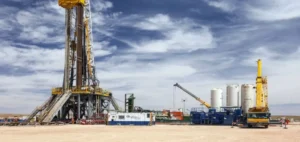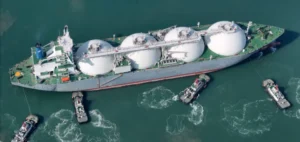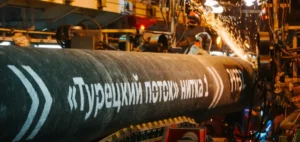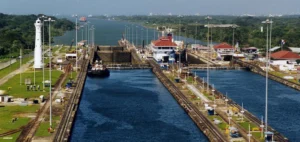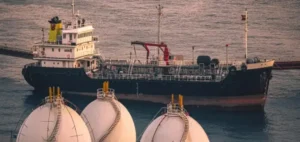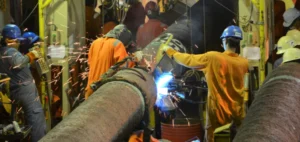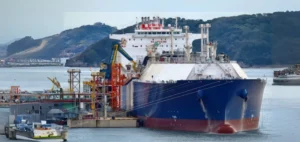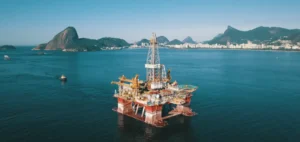Taiwan has seen an unprecedented spike in natural gas-fired electricity generation this year, bucking the trend seen in much of Asia and the world, where renewable energy shares are rising. According to data from think tank Ember, more than 87% of the island’s electricity has been generated from fossil fuels during the first eight months of 2025. This figure far exceeds Asia’s average of 62% and the global average of 57%, making Taiwan a notable outlier in the energy transition.
The island’s geography and lack of natural resources force Taiwan to import more than 90% of its energy needs, including almost all of the oil, coal, and natural gas it consumes. Although Taiwan has seen an increase in the adoption of rooftop solar panels, electricity generation from renewable sources remains limited, representing about 11% of the total in 2024, with an expected increase to 15% this year due to the addition of offshore wind projects.
However, this growth is insufficient to compensate for the closure of the country’s last nuclear reactor in May 2025, which has increased Taiwan’s reliance on fossil fuels. Electricity generated from nuclear had represented up to 25% of the total in the early 2000s, but this share has decreased due to public and political concerns about nuclear safety.
The Rise of Natural Gas
In response to the closure of nuclear plants and the decline in coal-fired power, Taiwan has ramped up its natural gas-fired electricity generation. From January to August 2025, gas-fired plants produced 89.2 terawatt-hours of electricity, a 12% increase from the previous year and a 52% jump from 2019. As a result, natural gas now accounts for a record 47% of Taiwan’s electricity generation this year.
Growing LNG Demand
To meet this rising demand for natural gas, Taiwan has significantly increased its imports of liquefied natural gas (LNG). Between 2019 and 2024, Taiwan’s LNG imports rose by 35%, the largest percentage increase among the top five global LNG importers during this period. According to data from commodities intelligence firm Kpler, Taiwan imported 18 million tonnes of LNG during the first three quarters of 2025, a 7% increase from the same period in 2024.
The months of July and August, typically marked by a peak in electricity demand due to higher use of cooling systems, saw Taiwan import a record 6.6 million tonnes of LNG. This trend contrasts with the reduction in imports seen in other major LNG markets, such as China and Japan, where demand has dropped this year.
An Uncertain Energy Future
While Taiwan is investing in offshore wind farms and solar technologies, its dependence on fossil fuels, particularly natural gas, is likely to persist. The closure of nuclear plants and the slow uptake of renewable energy mean Taiwan will continue to rely heavily on LNG for a significant portion of its electricity generation, particularly during the winter season when heating demand rises.
This positions Taiwan uniquely among its regional peers, who are making faster progress toward an energy transition based on renewable sources. The island is likely to remain a major LNG importer in the short to medium term.








